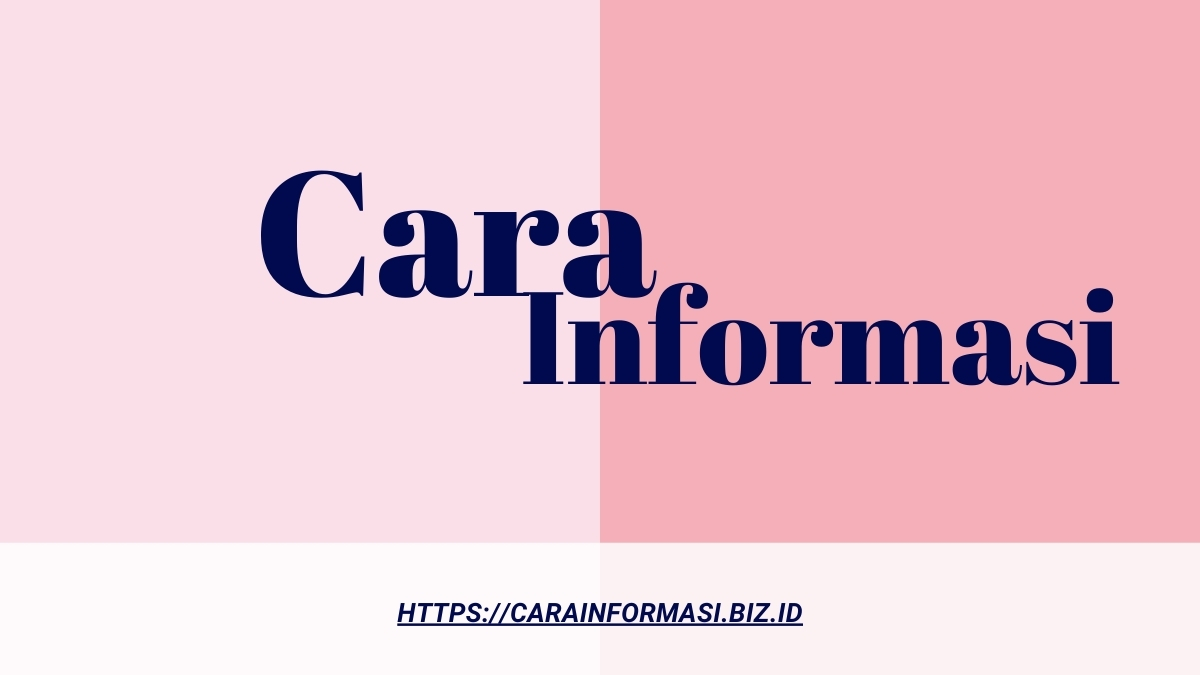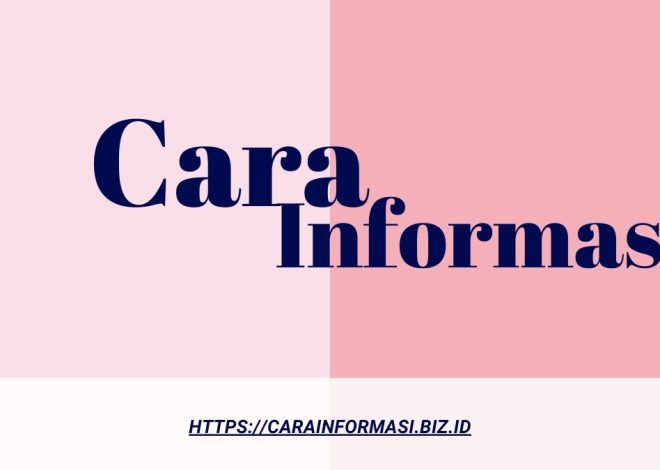
Why Free Makes It Easy
Why Free Makes It Easy – You’ve Got to Give Before You Get Principle
The Power of Giving in Business and Life
In a world driven by transactions, competition, and an endless pursuit of profits, giving something away for free may seem counterintuitive. However, “give before you get” has been a timeless strategy underpinning some of the most successful businesses and individuals. From ancient trade practices to modern digital marketing strategies, generosity as a tool for long-term gain remains one of the most potent forces in economics and human psychology.
You create a cycle of trust, credibility, and goodwill when you offer value without an immediate expectation of return. Whether you’re an entrepreneur, freelancer, or content creator, embracing this principle can open new opportunities and deepen relationships with your audience or customers.
Why Free Makes It Easy
1. The Psychology of Reciprocity
Humans are hardwired to reciprocate acts of kindness. This fundamental principle in social psychology, known as the Rule of Reciprocity, suggests that when someone receives something valuable for free, they feel a subconscious obligation to return the favor. This is why free trials, product samples, and generous content marketing work so well.
Companies like Dropbox, Spotify, and Netflix have leveraged this principle by offering free trials that eventually convert users into paying customers. By allowing people to experience the value of a product or service first, businesses eliminate uncertainty and lower the perceived risk of making a purchase.
2. Building Trust and Authority
Offering something valuable for free is one of the fastest ways to establish credibility. Trust is a currency in a digital landscape filled with skepticism and information overload. Whether you are a brand, an entrepreneur, or an expert, giving away free knowledge, tools, or resources positions you as an authority.
Think about how bloggers and YouTubers gain massive followings. They share valuable insights, tutorials, and strategies for free, knowing that their audience will be more willing to invest in their paid offerings over time. This is also why many authors release free eBooks, or companies publish in-depth whitepapers—because generosity builds reputation.
3. Lowering Barriers to Entry
Price is often the most significant barrier to trying something new. People will likely engage without hesitation if you offer a free version or sample. This principle applies not just to businesses but also to relationships and networking. When you provide value upfront, whether through advice, mentorship, or assistance, you make it easier for others to reciprocate in the future.
How to Apply the “Give Before You Get” Principle in Business
1. Offer Free Value Through Content
One of the most effective ways to apply this principle is by providing high-quality, free content. This can include blog posts, podcasts, YouTube videos, webinars, or newsletters. You create an audience that trusts your expertise by consistently sharing valuable information.
Tips for Creating High-Value Free Content:
- Solve a specific problem that your audience faces.
- Offer actionable insights that they can implement immediately.
- Make the content engaging and easy to consume.
2. Leverage Free Samples and Trials
Offering a free trial or sample can significantly boost conversions if you sell a product or service. Companies like Amazon (with Kindle book previews) and Adobe (with free trials for Photoshop) use this tactic to hook customers.
Tricks for Maximizing Free Trials:
- Ensure the free version offers real value but leaves room for more benefits in the paid version.
- Create urgency by setting a limited trial period.
- Follow up with personalized offers or incentives after the trial ends.
3. Give First in Networking and Business Relationships
People prefer to do business with those they like and trust. Instead of immediately asking for favors, focus on helping others first. Offer advice, introduce people to valuable connections, or provide assistance without expecting immediate returns. This approach fosters long-term relationships that will eventually benefit you.
Best Practices for Networking Generously:
- When reaching out to someone, offer something valuable before asking for anything.
- Share knowledge or insights freely in discussions.
- Connect people in your network who might benefit from knowing each other.
4. Open-Source and Freemium Models
The tech industry thrives on the “give before you get” model. Open-source software like Linux, WordPress, and Python have dominated their industries by offering free versions, allowing users to adopt the tools and later invest in premium features or services.
How to Implement a Freemium Strategy:
- Provide a strong, free version that creates dependency.
- Offer premium upgrades that enhance functionality.
- Use community-building to develop brand advocates.
Common Mistakes to Avoid When Giving for Free
1. Giving Without a Strategy
Simply giving things away without a long-term goal can lead to wasted effort. Always ensure your offering aligns with your brand and business objectives.
2. Offering Too Much for Free
If you give away too much, people might never feel the need to pay for your premium offerings. Strike a balance between generosity and scarcity.
3. Not Capturing Leads from Free Offers
A freebie is an opportunity to build an audience. Always collect emails, follow-ups, or engagement in exchange for what you offer.
Final Thoughts – The Infinite Power of Generosity
The “give before you get” principle is not just a business tactic; it’s a philosophy that can transform careers, relationships, and success. The world’s biggest brands, thought leaders and entrepreneurs understand that generosity creates a ripple effect. By offering value first, you invite opportunities, trust, and long-term loyalty into your business and life.

